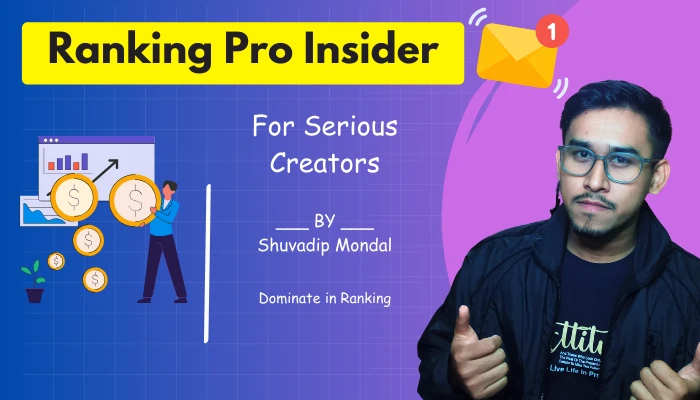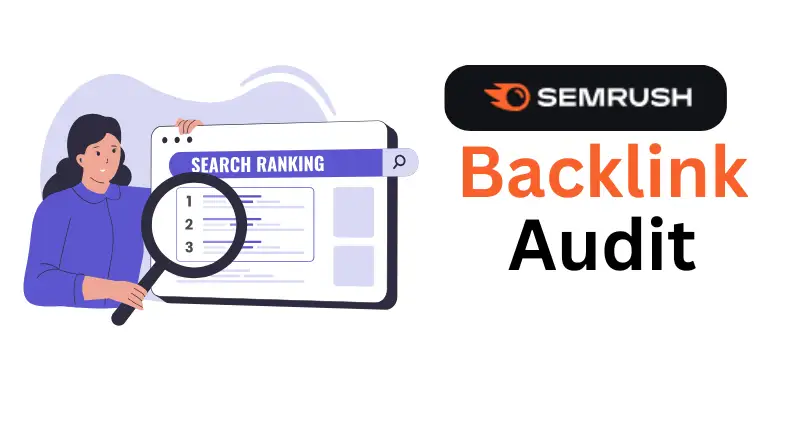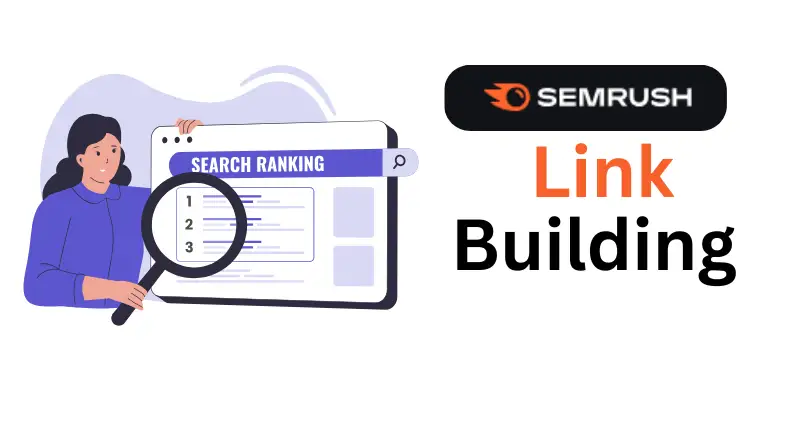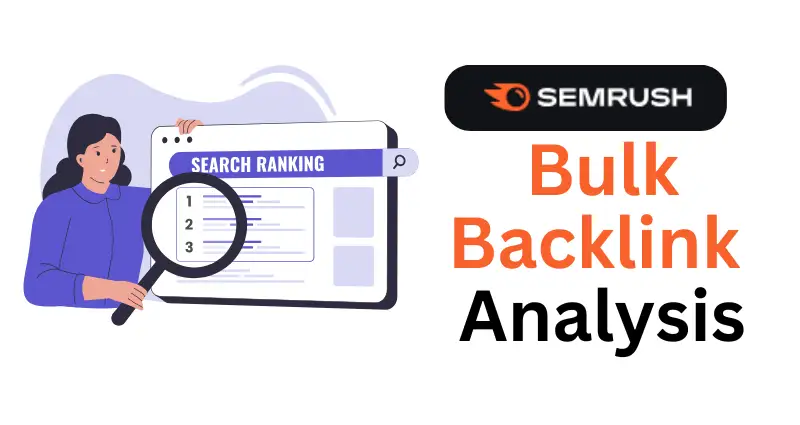Starting early with monetization can set the foundation for sustainable income, even while you’re building your brand or online presence.
Here’s a roadmap anyone can follow to establish revenue streams without waiting years to see results.
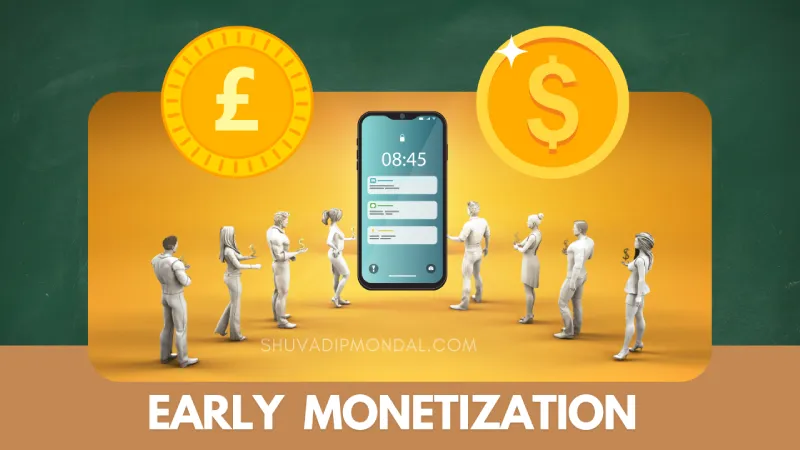
Step 1: Identify Your Niche and Audience
Pick a Niche: Focus on what you’re passionate about and where there is demand. Research through forums like Reddit or platforms like Quora to see what people in your niche are asking about.
Example Niches: Fitness for beginners, sustainable fashion, productivity hacks, or digital marketing tips.
Define Your Audience: Narrow down to who will consume your content or product. Create a simple audience persona—age, interests, problems, and where they hang out online.
For instance, “Tech enthusiasts aged 20-30 who love new apps and spend time on Twitter and YouTube.”
Step 2: Build a Basic Platform
Choose Your Main Platform: Depending on your skills, choose a content platform:
Blog: Great for SEO and building long-term traffic.
YouTube: Ideal for visual learners and creating how-to content.
Instagram/TikTok: Quick engagement through short, snackable content.
Start with a Basic Setup: Don’t overcomplicate this step.
For a blog, use WordPress with a simple theme. On YouTube, use your smartphone to shoot initial videos. Instagram? Focus on Reels with trending audio.
Step 3: Start Building an Audience
Consistent Content: Create a simple schedule to publish content consistently.
- Blog: Publish 1-2 posts per week.
- YouTube: 1 video per week.
- Instagram/TikTok: 3-4 Reels per week.
Engage with Comments: Respond to every comment or DM. This helps build relationships and signals to the platform’s algorithm that your content is valuable.
Cross-Promotion: Share your blog posts on LinkedIn, embed YouTube videos in your blog, or share Instagram posts on Pinterest.
Step 4: Monetize Through Affiliate Marketing
Pick Affiliate Programs: Choose affiliate products or services that align with your audience’s interests.
Example platforms: Amazon Associates, ClickBank, or niche-specific programs like Bluehost for web hosting.
Add Affiliate Links to Content:
- Write blog posts or make videos reviewing or comparing products.
- Add affiliate links naturally within the content.
- Example: A YouTube video on “Best Budget Fitness Gear” can include affiliate links in the description.
Create Comparison or List Posts: For blogs, posts like “Top 5 Tools for X” tend to perform well with affiliate links.
Step 5: Build an Email List Early
Set Up a Simple Lead Magnet: This can be a free PDF guide, checklist, or mini-course.
Example: “5-Step Guide to Monetizing Your Blog in 30 Days.”
Use Free Tools: Start with tools like Mailchimp or ConvertKit.
Promote Your Lead Magnet:
- Blog/YouTube: Mention it at the end of posts or videos.
- Social Media: Use stories or posts to share the value of your freebie.
Email Sequence: Set up a simple welcome sequence with 3-4 emails:
- Welcome them and deliver the freebie.
- Share your story and how you can help them.
- Share your best content.
- Softly pitch an affiliate product or service.
Step 6: Sell Digital Products or Services
Start Small: Focus on creating something that solves a specific problem for your audience.
Examples: Ebooks, templates, 1-hour consulting calls, or even a simple online course.
Leverage Existing Content: Package your best-performing content into a product.
If a YouTube video on “Instagram Growth Tips” did well, create a detailed ebook expanding on those tips.
Use Platforms for Easy Sales:
- Gumroad: Great for selling PDFs or digital downloads.
- Ko-fi or Patreon: Ideal for ongoing support from your audience.
- Calendly: If offering consulting or coaching, integrate it with PayPal for payment.
Step 7: Implement Subscription Models
Turn Free Content into Premium: If you’ve built a small but engaged following, introduce a paid newsletter or exclusive group.
Example: A weekly newsletter with deep dives, case studies, or exclusive tips.
Use Tools: Use Substack or Ghost for paid newsletters, or set up a Patreon with different subscription tiers.
Offer Value First: Offer a free version of your paid content to show what subscribers can expect. This can be a weekly free post with an invitation to subscribe for more in-depth content.
Step 8: Diversify Revenue Streams
Sponsored Content: Once you have 1,000+ followers or subscribers, brands may reach out for sponsored posts or videos. Alternatively, reach out to brands yourself.
Ad Revenue: Focus on growing blog traffic (over 10,000 monthly views) or YouTube subscribers (over 1,000) to qualify for ad networks.
Blog: Apply to Google AdSense or Mediavine.
YouTube: Join the YouTube Partner Program.
Create Bundles: Combine your digital products, consulting calls, and subscriptions into bundles for a higher ticket offer.
Step 9: Scale Up with Automation
- Automate Email Marketing: Set up automated email sequences for new subscribers with upsells to your products.
- Batch Create Content: Record multiple videos or write blog posts in a single day and schedule them over weeks.
- Use Tools for Social Media: Tools like Buffer or Later can help schedule posts across multiple platforms.
Step 10: Track, Optimize, and Scale
Monitor Key Metrics: Use Google Analytics for your blog and YouTube analytics for videos. Track:
- Affiliate clicks and sales.
- Conversion rates for your lead magnets.
- Revenue from digital products and ads.
A/B Test Offers: Experiment with different types of lead magnets, pricing for digital products, and ad placements to find what works best.
Reinvest Earnings: Use your initial earnings to upgrade equipment, run paid ads, or outsource tasks like video editing or content writing.
This roadmap isn’t just theory—it’s a step-by-step guide that a beginner can follow to build and diversify monetization streams.
Start with simple methods like affiliate marketing and email lists, then move towards digital products and subscription models.
By staying consistent, tracking results, and refining your approach, you can build a sustainable income early on.
FAQ: Building Monetization Streams Early
Q1: Why should I focus on building monetization streams early?
A: Building monetization streams early helps you create a stable income source as you grow your brand or audience. This can enable you to reinvest in your content, pay for tools, and potentially turn your passion project into a full-time income.
Q2: What’s the best platform to start with for monetization?
A: It depends on your strengths and target audience. For written content, a blog is great. If you’re comfortable on camera, YouTube can be highly effective. For quick engagement, Instagram or TikTok are ideal. Choose the platform where your audience is most active and where you can consistently produce content.
Q3: How much traffic or followers do I need to start making money?
A: You don’t need a huge following to start earning. For affiliate marketing, even 100 targeted visitors can bring in sales. For digital products or consulting, a small but engaged email list (100-500 people) can be enough. Focus on quality over quantity.
Q4: Can I use multiple monetization methods at the same time?
A: Yes, and it’s recommended. Combining methods like affiliate marketing, selling digital products, and ad revenue can provide multiple income streams, reducing your dependency on any one source.
Q5: How long does it take to see results?
A: Results depend on consistency and the effort you put in. With regular content creation and audience engagement, you might see initial affiliate commissions or product sales within 2-3 months. However, scaling to significant income can take 6-12 months or more.
